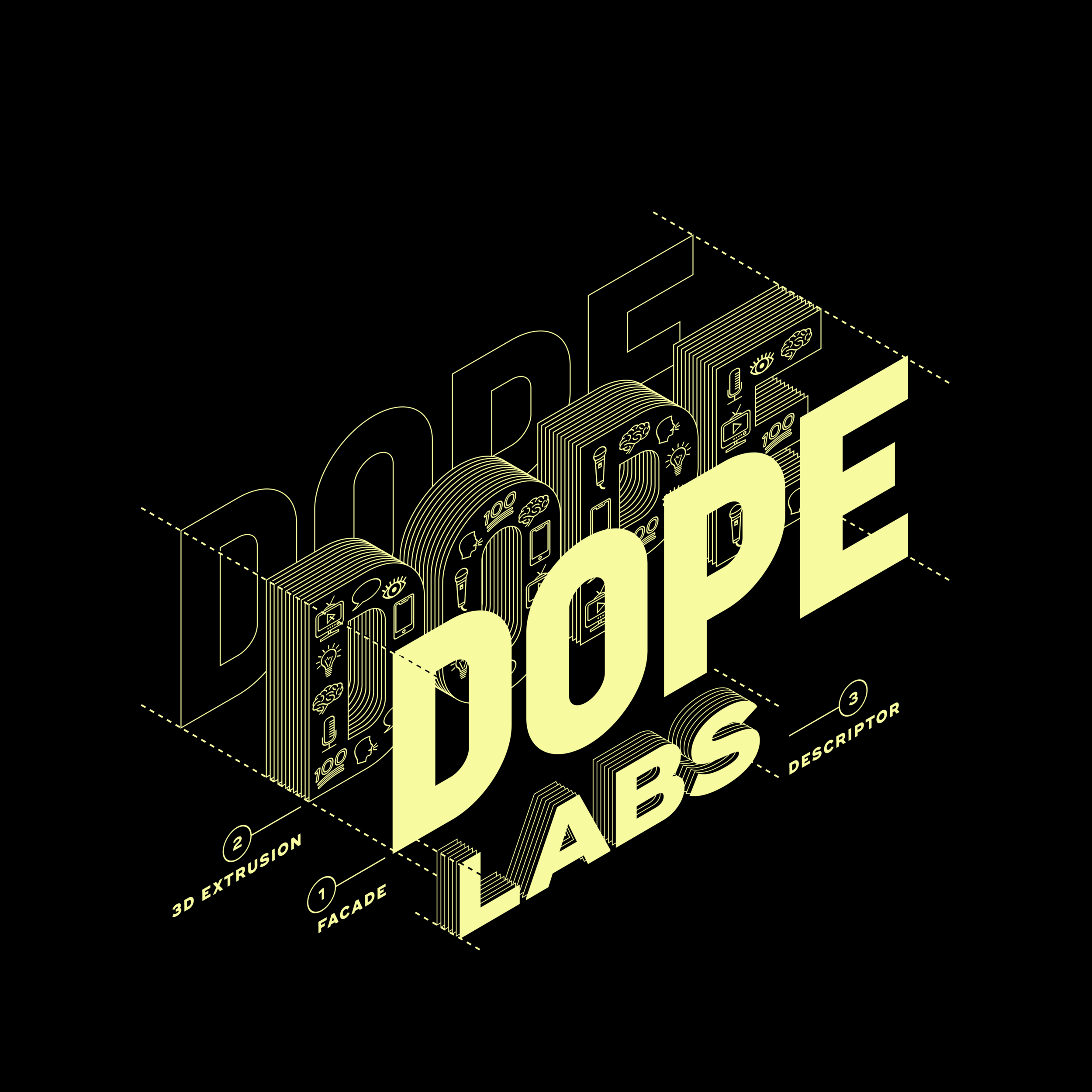Nuclear Energy: The Past, Present, and Future – Lab 060
About This Lab
In this lab, we are hitting all things nuclear energy. We immerse ourselves in the history of nuclear energy, its original uses, how nuclear energy actually works, and the benefits and risks of using nuclear energy as an alternative energy source in the future.
Lab 060
Nuclear Energy comes from the nucleus of an atom
It takes a lot of energy to keep an atom’s makeup (its nucleus, protons, neutrons, electrons, etc) together
Ways to create energy
traditionally, we’ve been using a lot of fossil fuels for energy
ex: combusting fossil fuels for cars
nuclear energy! This is the big game changer.
Funt fact: US has most nuclear reactors in world (93) and we get 20% of our energy from them
Energy= power and then a unit of time
ex: much energy a thing need in order to run for x time
Big issue: US consumes energy in the kilowatt hours but produce nuclear energy in the billions of kilowatt hours
Risks of nuclear energy
fission products/daughter products, essentially residue from the fission
super radioactive for a long time
Big accidents at nuclear reactors
ex: Chernobyl
Where to store the waste, then?
In repositories
Radiation
bigger waves of radiation are basically harmless like w/ microwaves BUT ionizing radiation has really small waves and can disrupt your cells
History of Nuclear Energy Uptick
1930s WW2 era, Nazi’s wanted to weaponize nuclear energy, Einstein told FDR, US gets to the tech first
—> see The Manhattan Project
How nuclear was was prevented
International Atomic Energy Agency, est. 1957
Nuclear Nonproliferation Treaty, 1970
Gender plays a big role is who’s most affected by radiation
We have to be cognizant of the laborers exposed to different chemicals and toxins (see here for article on cobalt miners and disparate working conditions)
Our one thing
Titi: Soles4Souls
Guest Expert
Our guest expert for this lab is Dr. Mareena Robinson Snowden, senior engineer at the Johns Hopkins Applied Physics Laboratory. In this lab not only does she break down the important science of nuclear energy but she also schools us in the history of nuclear energy as well.
Transcript
You can read along with this lab here.


